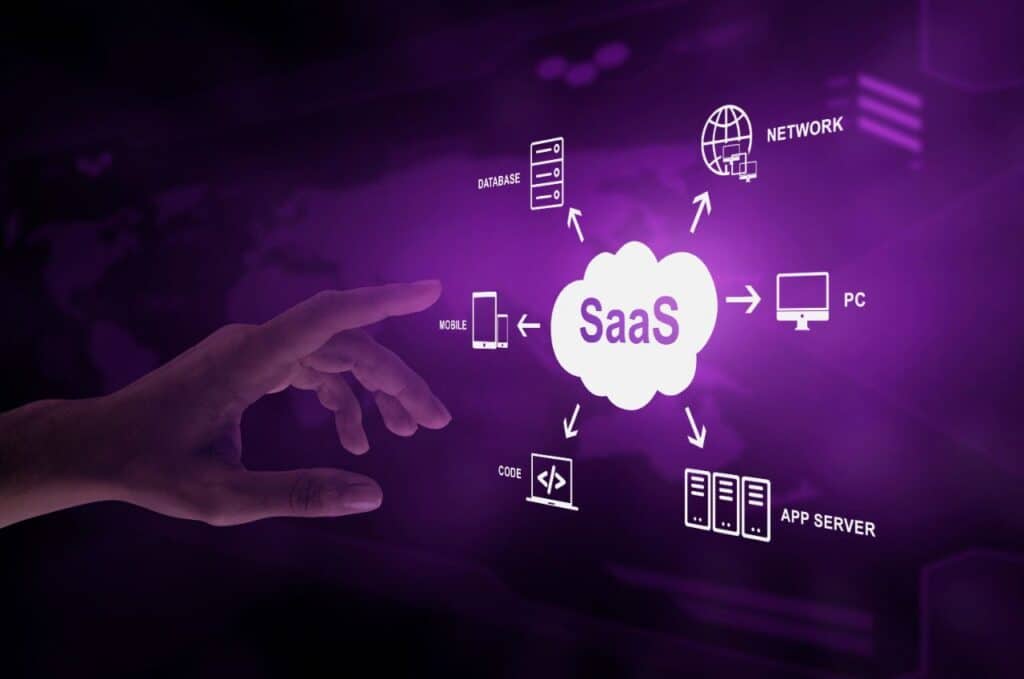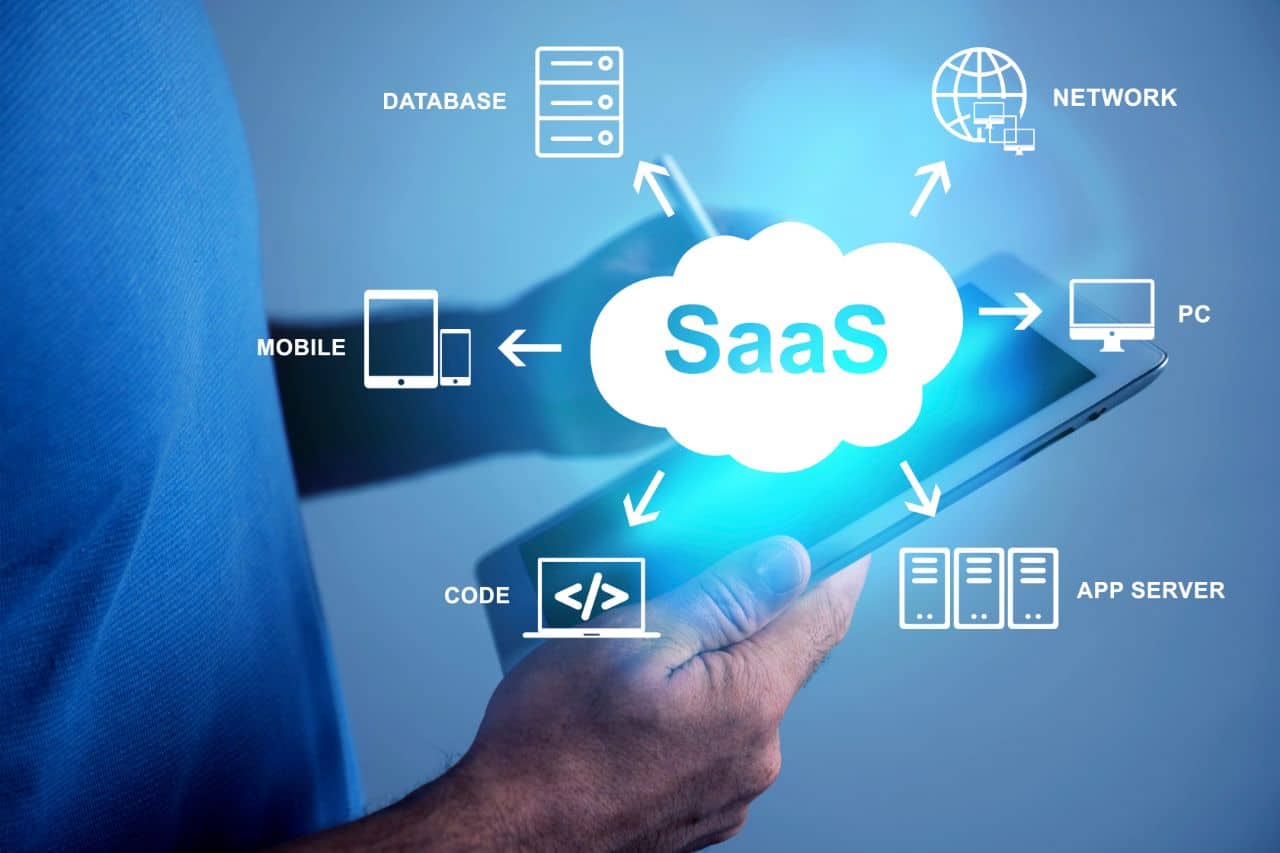Recently, there has been a significant increase in the growth of Software as a Service (SaaS) startups. This growth has been fueled by cloud technology, agile development methods, and the rising need for adaptable, scalable software options. In contrast to traditional software sales through one-time transactions, SaaS companies provide services via subscription models that have revolutionized the business environment.
Subscription models offer a consistent income source via regular payments that are usually made on a monthly or yearly basis. This model enables SaaS companies to concentrate on building lasting customer relationships, crucial for retaining customers. By consistently interacting with customers, businesses can continuously add updates, meet customer demands, and enhance user satisfaction levels, ultimately boosting customer loyalty and satisfaction.
One of the key reasons the subscription model works so well for SaaS companies is its ability to ensure a steady cash flow while minimizing customer acquisition costs (CAC). Instead of one-off sales, the recurring nature of the subscription model offers the opportunity for upselling, cross-selling, and improving customer lifetime value (CLV). Moreover, the data-driven approach of SaaS companies allows them to track user behavior, offering personalized experiences that keep customers engaged and reduce churn rates.
As SaaS businesses continue to innovate their subscription models to include usage-based or hybrid pricing, the focus on customer retention remains a critical factor in their long-term success.
Advantages of Subscription Models for SaaS Startups
For SaaS startups, the subscription model provides numerous strategic advantages that enable scalability and long-term success. One of the key benefits is predictable recurring revenue, which offers financial stability. With a subscription-based system, SaaS businesses can anticipate a consistent income stream through monthly or yearly payments. This predictability helps with resource allocation, strategic planning, and growth initiatives. It also shields startups from relying on one-time purchases, making it easier to forecast revenue and secure investments.
Another advantage is better customer retention and increased lifetime value. The subscription model fosters an ongoing relationship between the company and its customers. This continuous engagement improves customer loyalty, reduces churn, and enables upselling or cross-selling opportunities. By focusing on long-term customer satisfaction, SaaS companies can maximize CLV, leading to a healthier bottom line.
In conclusion, the subscription model provides the ability to scale and be flexible with pricing strategies. SaaS startups have the flexibility to try out different pricing tiers, giving customers the option to select a plan that best suits their requirements. This adaptability appeals to a wide range of customers, from small companies to large corporations, allowing SaaS businesses to expand without major extra expenses. Furthermore, businesses have the ability to adapt pricing or include new features in response to changing customer requirements, allowing them to stay competitive in the market.

Choosing the Right Subscription Pricing Strategy
When it comes to SaaS startups, choosing the right subscription pricing strategy can have a significant impact on revenue growth and customer retention. Three common strategies—freemium, tiered, and usage-based pricing—each have their unique advantages.
Freemium pricing allows startups to offer a basic version of their product for free while charging for premium features. This model is effective in attracting a large user base quickly and giving users a chance to experience the product. Companies like Dropbox and Slack have successfully used this approach to grow their user base. However, monetization depends heavily on converting free users to paying customers, which requires a strong value proposition for the paid tiers.
Tiered pricing includes providing various subscription options at varying prices, usually determined by the features included or usage restrictions. This model serves a wider clientele, including small businesses and big corporations. It also promotes upselling by allowing customers to upgrade to higher tiers as their requirements increase. An example is the platform Sprout Social, which offers different service tiers, allowing users to easily upgrade as their needs grow.
Usage-based pricing charges customers based on how much of the service they use, making it a flexible option for companies with varying needs. This model can attract smaller businesses with lower usage while scaling with high-volume customers. While it provides a fair pricing mechanism, it can lead to unpredictable revenue streams since usage may vary significantly month-to-month.
Aligning pricing with customer needs and the value your product provides is crucial in selecting the appropriate strategy. Take into account your audience and examine how each model impacts customer acquisition and long-term retention.
Customer Acquisition and Retention in a Subscription Model
For SaaS startups, success relies heavily on acquiring new customers and retaining them. A well-structured customer acquisition and retention strategy is key to long-term growth.
Marketing strategies to attract subscribers are essential for customer acquisition. SaaS startups often use a combination of content marketing, SEO, social media ads, and free trials to draw in potential users. Offering free trials or freemium models lowers barriers to entry, allowing users to experience the product before committing to a subscription. Focusing on specific customer personas ensures the marketing efforts reach the right audience, improving conversion rates.
Once a customer is obtained, the onboarding process becomes essential. An effortless and customized introduction process assists new users in promptly understanding the product’s benefits. This is the role of customer success teams, providing advice and continuous assistance to help customers maximize the software’s benefits. Consistent orientation and preemptive communication may avoid user irritation and improve customer contentment.
In order to increase customer loyalty and decrease customer turnover, businesses need to adopt tactics such as reaching out to customers proactively, providing frequent product upgrades, and creating loyalty programs. Gathering customer input through surveys, providing self-service choices, and delivering customized solutions all contribute to enhancing the customer relationship. Furthermore, offering additional features that are relevant to active users can enhance the value of customers over time and decrease customer turnover.
Metrics that Matter: Measuring Success in Subscription-Based SaaS
For SaaS startups relying on subscription models, tracking the right key performance indicators (KPIs) is essential for understanding business growth and improving customer retention. Several core metrics provide insights into financial health and operational efficiency.
Monthly Recurring Revenue (MRR) is one of the most important metrics for subscription-based SaaS startups. It measures the predictable income generated each month from subscriptions, helping companies assess financial stability and forecast growth. A rising MRR indicates successful customer acquisition and retention strategies.
Customer Acquisition Cost shows how much it costs to acquire a new customer. By dividing the total marketing and sales expenses by the number of new customers acquired in a given period, SaaS businesses can assess the efficiency of their acquisition efforts. A lower CAC means more profitability, as less is spent on acquiring customers relative to the revenue they generate.
Customer Lifetime Value calculates the total revenue a customer is expected to generate over their relationship with the company. This metric helps businesses understand the long-term value of their customers and guides decisions on marketing spend and customer engagement.
The rate at which customers terminate their subscriptions during a defined period has a direct effect on the growth of a SaaS company. Improving customer experience and service quality is crucial for maintaining growth by minimizing churn.
To track these KPIs effectively, SaaS startups use tools like Google Analytics, Mixpanel, or Stripe, which offer detailed insights into customer behavior, financial health, and growth metrics. Regularly analyzing these metrics allows companies to make informed decisions that boost customer retention and drive sustainable growth.
Scaling Challenges and How to Overcome Them
As SaaS startups grow and attract more subscribers, they often face several scaling challenges that can hinder their progress. Managing these challenges is crucial to ensure long-term success and customer retention.
One of the main difficulties is managing infrastructure as the number of subscribers increases. As more users join, the current infrastructure may get overwhelmed, leading to delays and periods of system unavailability. In order to prevent this situation, SaaS startups need to put resources into scalable cloud infrastructure and implement load-balancing methods for effective traffic distribution. Taking advantage of cloud services from companies such as AWS or Google Cloud can assist in managing growing requirements without compromising performance.
Maintaining service quality at scale is another key concern. As more customers sign up, the pressure on support teams and systems increases. Implementing automation in customer support, such as AI-driven chatbots for routine queries, allows human agents to focus on complex issues, ensuring high-quality service. Regular monitoring of performance metrics and customer feedback is essential to maintain consistent service as you grow.
Balancing product development with customer support becomes increasingly difficult during rapid scaling. As new features are developed to meet evolving market needs, it’s crucial to avoid “feature creep” that can complicate the user experience. Prioritizing core features and continuously improving the product based on customer feedback ensures that development remains aligned with user needs without overwhelming support teams.

Future Trends in SaaS Subscription Models
The landscape of SaaS subscription models is rapidly evolving, driven by changes in customer preferences and technological advancements. One major shift is toward personalized, usage-based pricing. Instead of paying a fixed monthly or annual fee, customers only pay for what they use. This model is gaining traction because it offers flexibility for businesses with fluctuating demands, ensuring they only pay for the services they consume. For SaaS startups, this provides an opportunity to attract a broader range of customers, from small businesses to larger enterprises, offering more scalable solutions.
Another significant development is the growing importance of AI and automation in managing SaaS subscriptions. AI is being incorporated into subscription platforms for billing management, customer segmentation, and predicting churn. AI allows SaaS companies to provide personalized experiences and enhance pricing tactics. Automation also assists in simplifying activities such as customer assistance, enhancing general productivity and customer loyalty.
Looking ahead, predictions for the future of subscription-based SaaS businesses suggest even greater personalization, as companies will continue to innovate with pricing models and customer engagement strategies. Subscription models will likely become even more data-driven, allowing for more precise customer targeting and enhanced service offerings. Additionally, advancements in AI and machine learning will enable more proactive customer service and smarter product recommendations, further improving the customer experience.
Conclusion
The subscription model is ideal for SaaS startups because it provides consistent recurring revenue, improves customer retention, and allows for adaptable pricing. Startups can achieve sustainable growth and success by prioritizing long-term customer relationships and consistently providing value, allowing them to scale effectively and respond to evolving market requirements.






